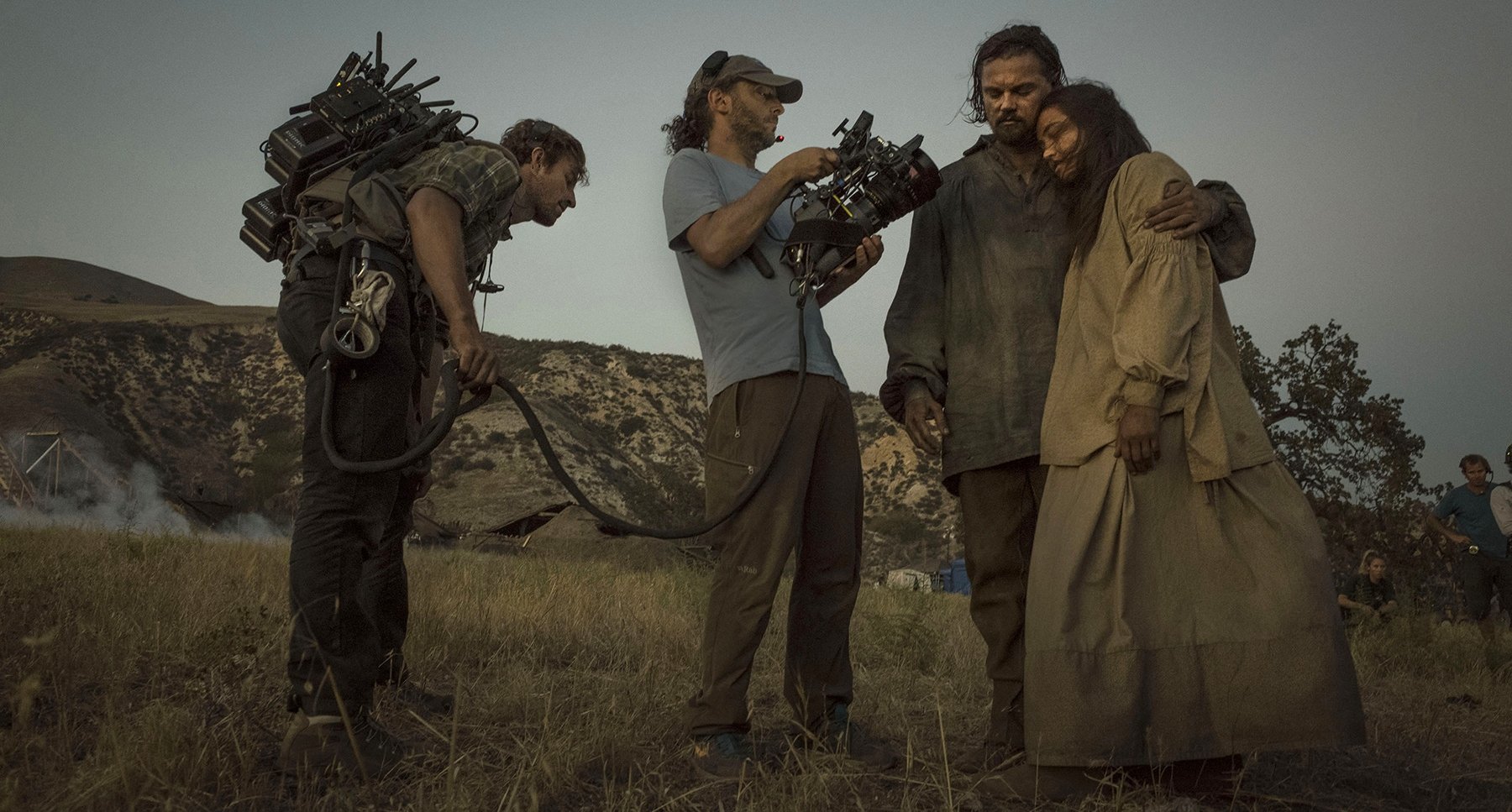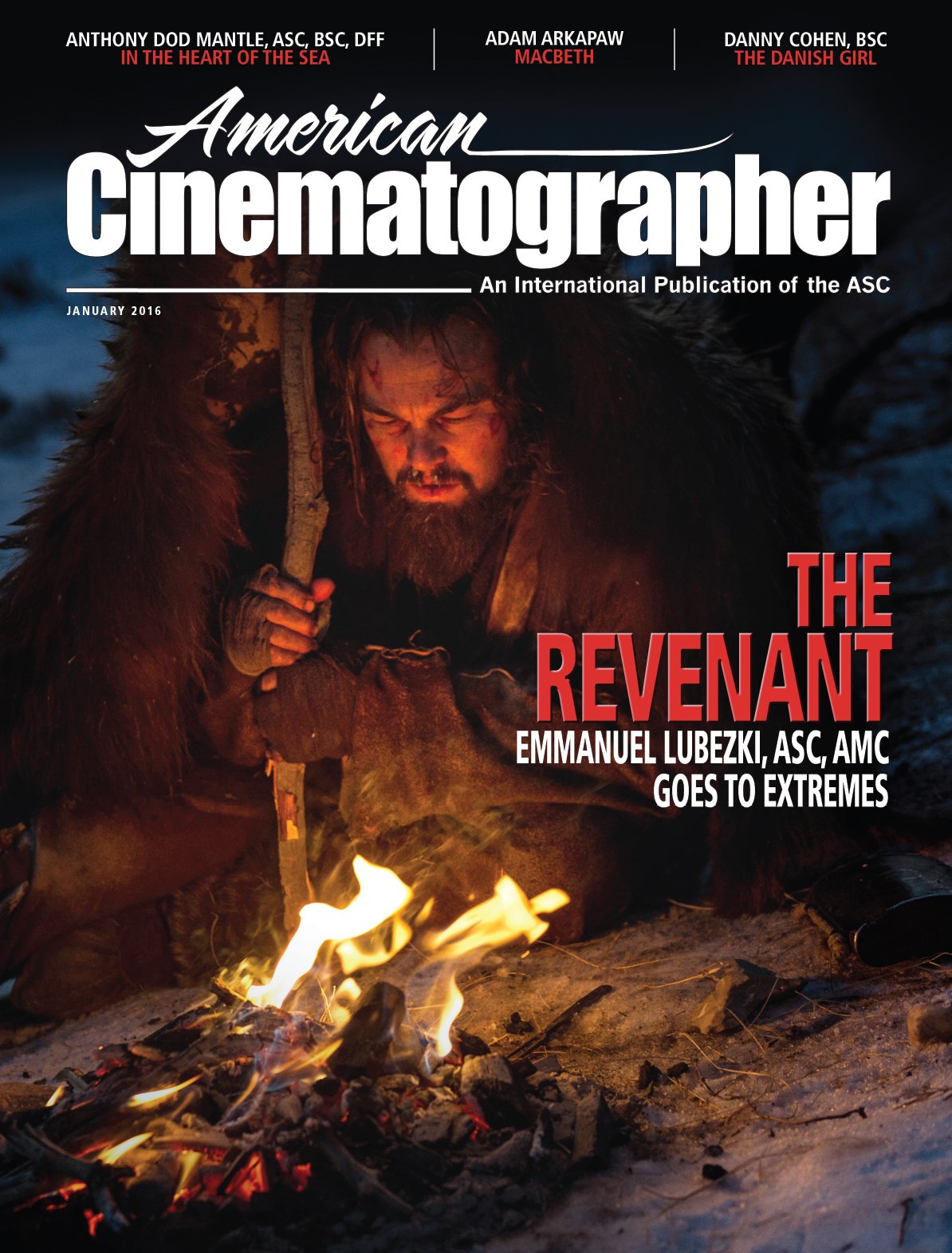
Wrap Shot: The Revenant
“We couldn’t do it on a set, under normal Hollywood rules... I wanted to kill any artifice. In keeping with that truth, we had to go through a true natural process and challenge ourselves.”

Inspired by true events, the period drama The Revenant (AC Jan. 2016) tracks frontiersman Hugh Glass (Leonardo DiCaprio) on a grueling quest to survive in the uncharted wilderness of 1820s America after he is attacked by a bear and left for dead by members of his expedition.
Director Alejandro G. Iñárritu made a key decision to shoot the story chronologically. “The story starts in autumn and moves into winter, and Glass goes through a very real physical experience of being in the middle of nowhere for months,” said cinematographer Emmanuel Lubezki, ASC, AMC (seen above, operating a shot). “We couldn’t do it on a set, under normal Hollywood rules, and bring in snow and put in bluescreens. I wanted to kill any artifice. In keeping with that truth, we had to go through a true natural process and challenge ourselves.”
Following this desire for realism, Lubezki decided to shoot exclusively with natural light and period-correct firelight. During the wintertime shoot in northern Canada, where most of the film was shot, the daylight window was small: 9:30 a.m.-4:00 p.m. This factor prolonged production by several months. Because of an unseasonably warm winter in the region, the filmmakers eventually had to travel to Argentina to find the amount of snow they needed.
Like the duo’s previous project together, Birdman (AC Dec. ’14), The Revenant features extended takes employing a very mobile camera. The director explained, “I would say there was a beautiful development [on this film] from what we learned on Birdman in terms of the value of wide lenses, and how to sustain long shots and why. For instance, in the scene in which [a trapper encampment is attacked], I wanted to cover [the action] without lots of [cuts] or trying to show every angle. I wanted to show one point of view to allow the audience to experience what it must feel like to be attacked in that way. That was very challenging, because we had to shoot the sequence straight for about an hour and a half. It was like a live performance.”
With few exceptions, the camera consistently tracks the actors in one of three modes: handheld (operated by Lubezki, as seen here), Steadicam or Technocrane.
The cinematographer earned his third consecutive Academy Award for his work on the picture, following honors for Gravity and Birdman.
For access to 100 years of American Cinematographer coverage, our subscribers can visit the AC Archive.






